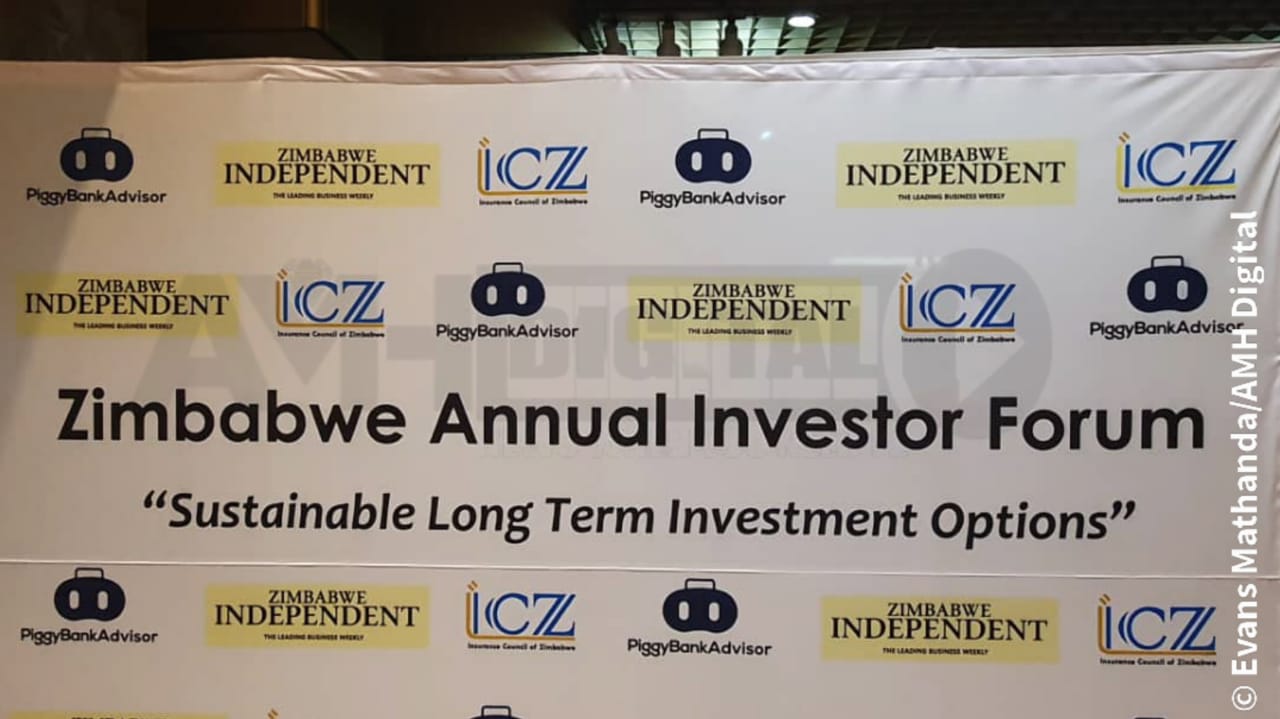The core simplified purpose of a monetary policy ceteris paribus is to ensure the economy has adequate money supply. In the case of Zimbabwe, I would enhance that by specifying “good” money supply. Given it is a global secret that ad hoc printing of money to increase money supply is a method constantly implored in Zimbabwe, creating what is denoted as bad money. The dual precept and outcome of good money supply is economic stability.
Good money is loosely defined by value-based money supply emanating from economic stimulus for demand and supply. The supply side is influenced by expansionary fiscal and monetary policy. Therefore an assessment of the latest monetary policy statement should be evaluated against its ability to stimulate money to strengthen the domestic market for production and consumption. The variables currently working against that objective are high inflation, low wages and foreign currency shortages. So to what extent has the latest briefing remediated against this status quo?
In terms of statutory interest rates, the policy is lacking in corrective measures. By increasing the policy rate that was already high to 200% the policy has made it difficult for borrowers who will not be able to afford 200% or more interest charges.
For perspective, Zambia’s current policy rate is 9% and South Africa 4,75%. The mere fact that a policy rate is set above 200% is indicative of a fundamental crisis in the monetary policy and, instead of mitigating, we are embracing the crisis.
A case of the cart leading the horse. This situation is telling the policymakers that the value of the local currency is deflating and this needs urgent remedy. Instead of increasing the policy rate, let’s curb inflation by introducing a value-backed single currency such as the United States dollar, which is already in circulation and is far more stable than the Zimbabwean dollar. With limited access to borrowing there is limited productivity which in turn will continue to decrease economic value. The policy makers should be embarrassed to announce 200% as a policy rate as it clearly shows something is very wrong and needs addressing.
Increasing deposit rates is also counter intuitive in terms of expanding the economy; it simply gives banks less wriggle room in selling short to long-term borrowing products. For Zimbabwe, where the majority of the adult economy and business transactions are unbanked, these deposit rates will prove to be a challenge for most banks. This may well see more banks closing down or being taken over, a situation which again is indicative of a failing economy. In response to the Covid crisis most central banks have reduced deposit rates, some as low as 0%.
Generally, Zimbabwe being a demand economy, withdrawals are much higher than deposits. The increased deposit rates will prove an arduous goal for most banks. For the consumers this will manifest as possibly increased banking charges, reduced access to short-term borrowing and reduced choice to banking. Reduced choice will have its negative downstream impact for consumers.
Maintenance of current export retention thresholds actually infringes on the property rights of businesses. A basic fundamental for business survival is the ability to sustain a short-term (180 days plus ) liquidity position. Which means that having underutilised export receipts is a good sign of a healthy business which allows businesses to enhance their product offering or indeed plan for exogenous shocks.
- Chamisa under fire over US$120K donation
- Mavhunga puts DeMbare into Chibuku quarterfinals
- Pension funds bet on Cabora Bassa oilfields
- Councils defy govt fire tender directive
Keep Reading
It is most unfortunate that the Monetary Policy Committee (MPC) has chosen to penalise businesses for doing what should signify a healthy business.
Furthermore, the MPC converts money supply to a weaker currency which is devaluing at a high rate. It is a further indictment on the MPC that the unutilised receipts are converted at the interbank rate which is highly discounted and not reflected on the real value of exchange for foreign currency. Businesses will counter this move possibly by exiting the market and registering their businesses in Zambia, increase prices or circumvent the banking system.
The introduction of gold coins really requires more information so that we can effectively weigh its effectiveness as an MPC approach. While it is mentioned that gold coins will be manufactured by the central bank via Fidelity Printers and Refiners, we need to know more on how the central bank will mitigate against devaluation of these new coins.
For instance, if suddenly the open market has widespread access to gold coins of which price will possibly be determined by weight. What impact will this have on the value of gold in the local market? Further, the weights of these coins are also an important variable so as to determine the cost so that we understand the target consumer market.
Furthermore, the MPC will have to present how they will guard authenticity and protect this new market from nefarious fraudulent activity. Given the coins are new, how will consumers be able to identify authenticity once the gold coins are in circulation in the open market?
One of the issues contributing to gold expropriation through the borders are the non-competitive prices offered by Fidelity Printers as a single buyer. It will be interesting to understand the speculation in terms of how low weighted gold coins will impact the price offered by Fidelity Printers.
More unique to Zimbabwe with a consistently high corruption index how will the economy be safeguarded from further expropriation of gold given the ease of transportation of gold coins vis-à-vis unprocessed gold that can be quite heavy to transport through the borders and at times has been discovered in transit at the airport. The introduction of this new tender raises alarm bells and the devil will be in the detail of how this is going to be operationalised.
It’s unclear how the MPC has concluded that the parallel market rate is influenced by forward pricing. Zimbabwean consumption on the most part is driven by immediate demand by the very nature that there is high unemployment, low wages, high unbanked economy and over 60% living in extreme poverty. The rate is driven by the real value of exchange today rather than a non-existent forward market.
In other words, if I am requiring access to US dollars, it’s because I need to use them right now. Or, if I need to pay for something in the future and cannot risk holding on to the weaker Zimdollar that will likely devalue by the time I need to use them. The decision is based on the value of the US dollar today not for future arbitrage benefit. The exchange value is driven by demand, an increase in import backed production is the nexus of the exchange value.
For instance, in the fiscal policy statement Finance minister Mthuli Ncube suggested that the government will increase grain importation. The government, as a key consumer, will in turn also drive the demand for foreign exchange. It is this demand that increases the exchange value of the US dollar. To mitigate this is to move to a single currency status so that everyone has access to US dollars, reducing inflation by curtailing its tradeability in informal markets.
In a nutshell for all intents and purposes, the Zimbabwean economy is a US dollar-economy; it’s time for policymakers to embrace this and plan accordingly. Continuing with multi-currency is giving way to arbitrage dealing and other expropriation mechanisms.
- Mutambasere is a writer, development economist and technology architect.











